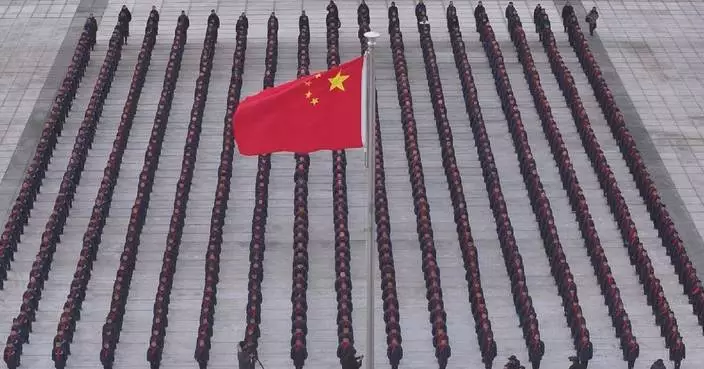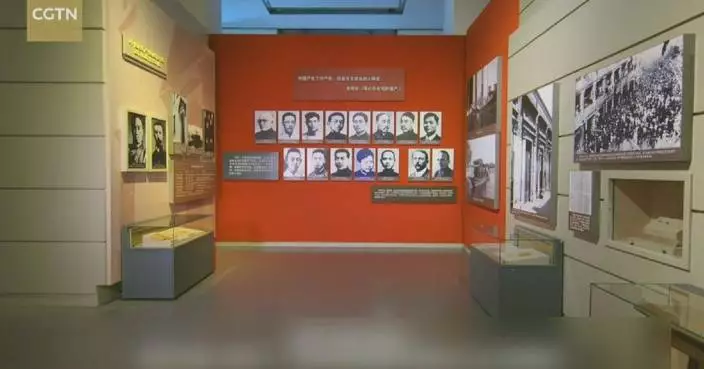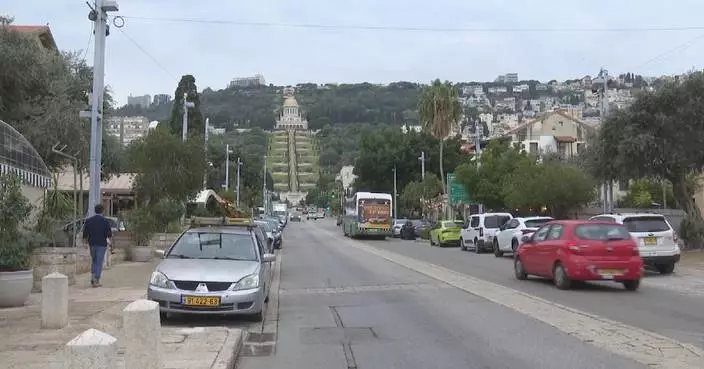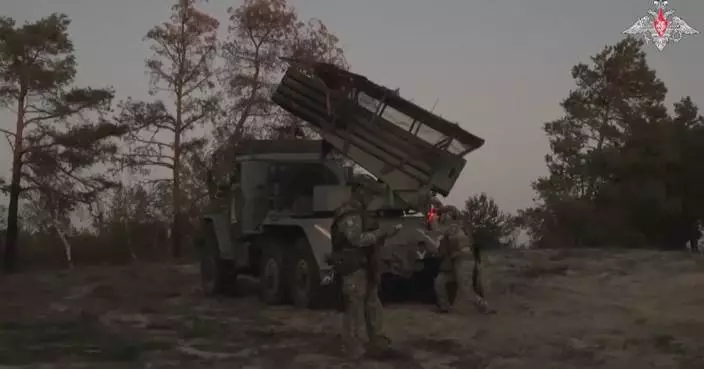Displaced Palestinians in the southern Gaza Strip are living in more difficult and harsh conditions, as the area was hit by the most severe rainstorms and strongest winds so far this winter on Monday, which has broken around 10,000 tents, the last refuge for many of them.
According to the Hamas-run Gaza media office, around 10,000 tents in Al-Mawasi camp were washed away or seriously damaged by sea surges triggered by the extreme weather.
The area has accommodated around 100,000 displaced people since the latest round of Israeli-Palestinian conflict broke out in October 2023, far exceeding its permanent population of 9,000.
Many of them have no choice but to set up tents on the beach, some of which are only a few steps away from the sea shoreline.
Local people told China Central Television (CCTV) that they feel a lot more desperate because they have neither enough supplies to keep out the cold nor a fixed shelter to pass the winter.
"It was the toughest night I have ever experienced in my life. It was a disaster. The depression over the area led to extremely violent weather conditions. The sea water came in, even invaded there. Now there are no tents left. They were all destroyed. The tents fell to the ground and our items were lost," said Youssef Ghaben, one of the displaced people.
"We ran away at the time and took what we could have with us. The rest was swallowed up by the sea water. The sea water swept away the belongings and wood. This is what is left of the tent. This is where we are now. This plastic sheet was donated by a kind person. We were so happy at the time but it was only used less than a week," said Mohammad Namous, another displaced man.
As winter arrives, Gaza is seeing temperature going down, with increasing rainy and windy days.
The Hamas-run Gaza media office said 81 percent of the 135,000 tents currently housing displaced people have been severely damaged.
Making matters worse, Israel has blocked the delivery of much-needed tents and mobile homes to Gaza, getting people's life increasingly difficult and the local humanitarian crisis further aggravated.
Local residents are now rushing to use all the materials they can find to repair the damaged tents. Some of them have built sand embankments around the tents to resist the influx of seawater that may come at any time.
Though the area that once provided some of the displaced people with shelter was no longer habitable, yet for them, there was nowhere to go.
"We have no idea where to go. There was no place for us to stay, and no one would take us in. We have nothing. My children were all wet. There was no medical care here. If something happened, we could do nothing at all," said Amal Younis, a displaced woman.
"Before the outbreak of the conflict, we were all happy when it rained. But now, the rain only results in floods. We have no warm clothes or medicine when we are sick. We have nothing. We have no umbrella or anything to protect us from the cold. We cannot feel happy in winter at all," said Haya Abu Daqqa, a displaced girl.
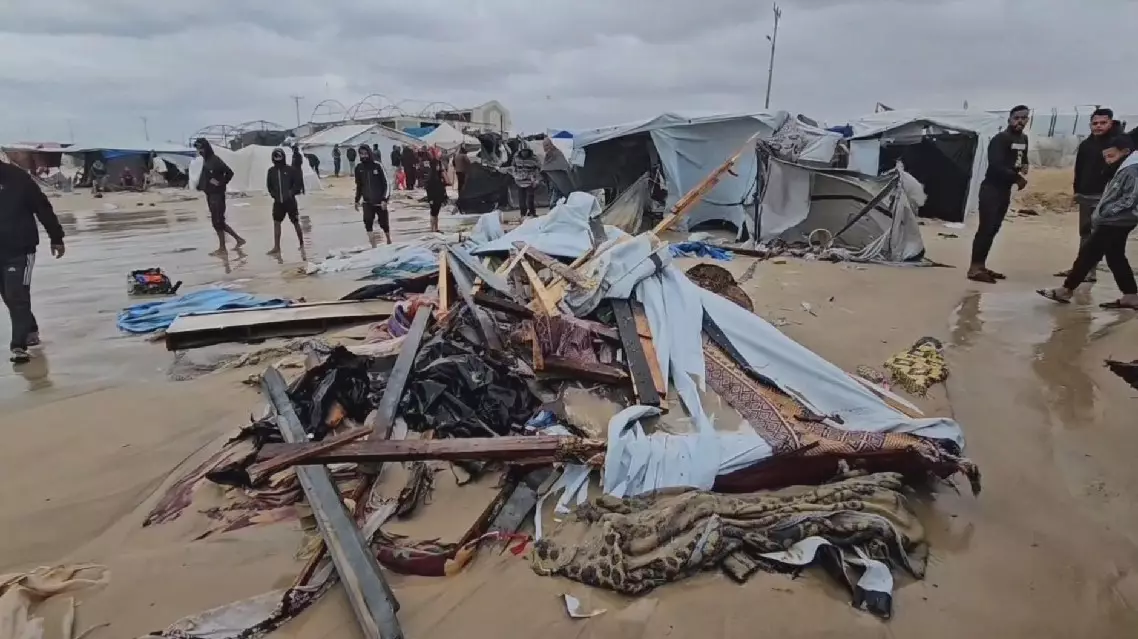
Extreme weather in Gaza worsens life of displaced people
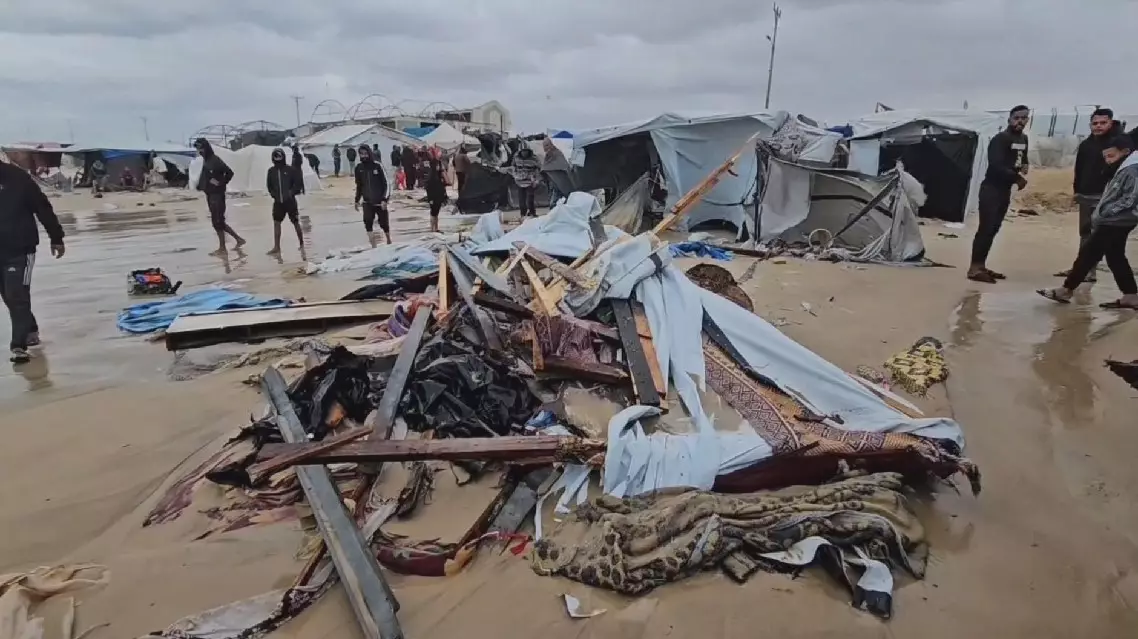
Extreme weather in Gaza worsens life of displaced people





